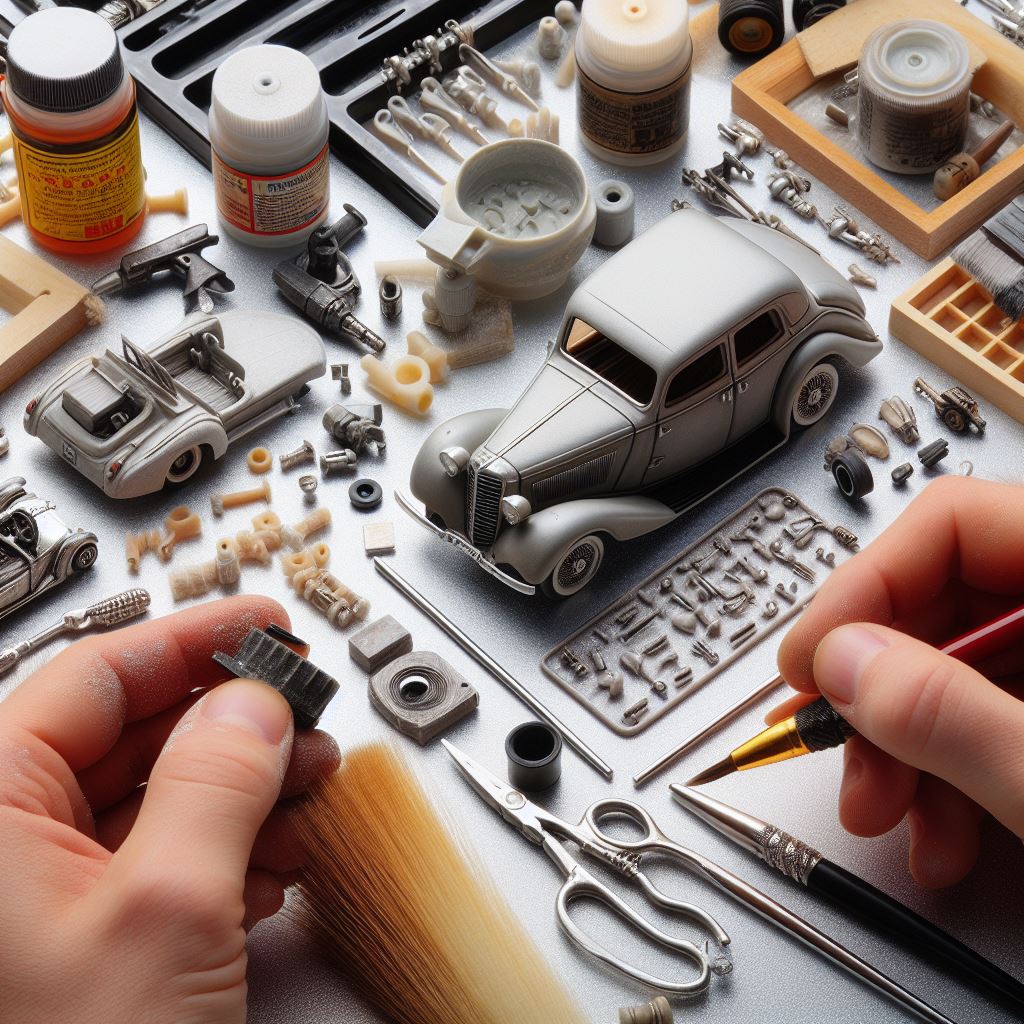
Diecast models, the miniature replicas of vehicles, aircraft, and other machinery, are a popular collectible item for enthusiasts worldwide. But have you ever wondered how these intricate models are made? This blog post will take you through the fascinating process of creating diecast models.
Materials Used
Diecast models are primarily made from a metal alloy, typically a combination of zinc and aluminum, known as Zamak. The use of metal gives the models weight and a realistic feel. Plastic parts are often used for smaller details like interiors, while rubber is used for tires.
The Diecasting Process
1. Creating the Mold
The first step in making a diecast model is creating a mold of the model. This is usually done by hand by skilled craftsmen. The mold is a negative impression of the model, made from hardened steel.
2. Casting
The casting process involves melting the Zamak alloy and injecting it into the mold under high pressure. This ensures that the molten metal fills all the intricate details of the mold. Once the metal cools and solidifies, the mold is opened to reveal the cast model.
3. Trimming and Polishing
After casting, the models have excess metal known as flash which needs to be trimmed off. The models are then polished to remove any rough edges and to prepare them for painting.
4. Painting and Detailing
The models are then painted, often by hand, to match the colors of the real-life vehicles they represent. Smaller details like logos, interiors, and other features are also added at this stage.
5. Assembly
Finally, the different parts of the model, such as the body, interior, and wheels, are assembled together. This is often a delicate process that requires precision and care.
Quality Control
Once the models are assembled, they undergo a quality control process. Each model is inspected for defects or errors in the casting, painting, or assembly process. Only models that pass this inspection are packaged and sent out for sale.
Conclusion
The process of making diecast models is a blend of industrial manufacturing and delicate craftsmanship. Each model is a testament to the skill and dedication of the people who create them. So, the next time you hold a diecast model, take a moment to appreciate the artistry and effort that went into its creation.
